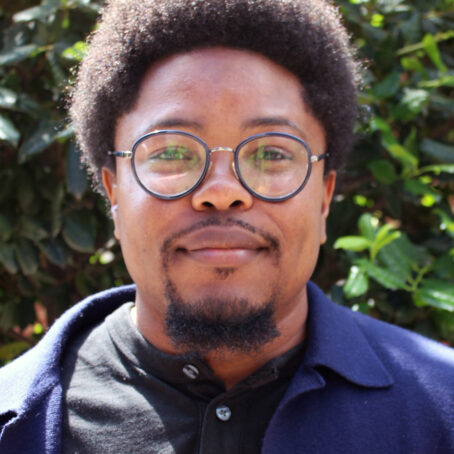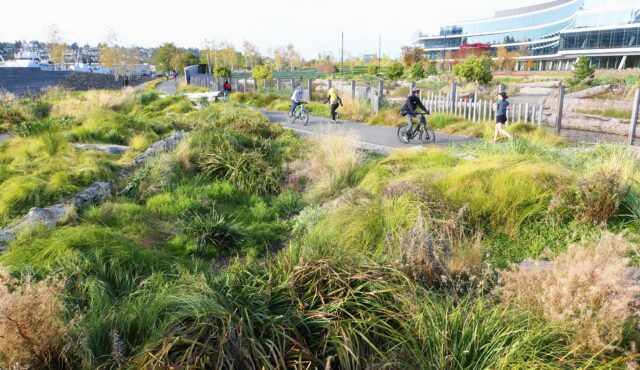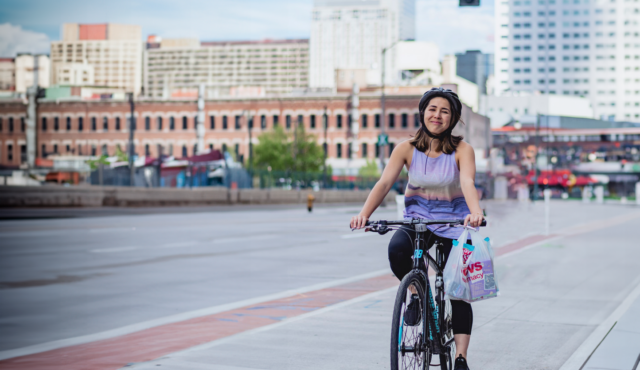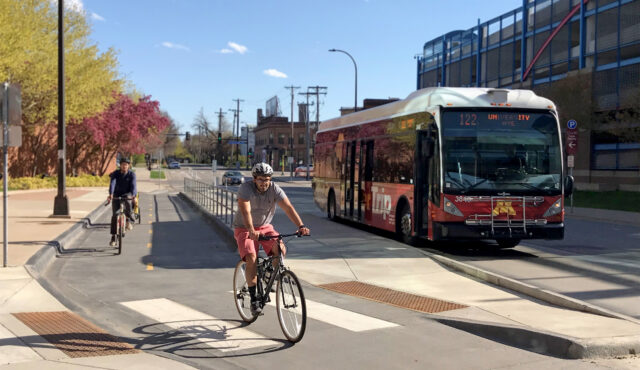My colleague and I recently facilitated a stakeholder engagement meeting, where the public was invited to share their thoughts after completing a community assessment survey. Turnout was solid, but there was one glaring problem: while the neighborhood is 35% Latino and 45% Black (a combined 80% of the population), those groups only accounted for 20% of our survey responses. The proportion of people of color attending the meeting was even lower. When the demographics at a public meeting don’t match the demographics of a neighborhood, we can’t truly understand the wants, needs, and aspirations of a community.
One suggestion to get broader representation was to ask the meeting attendees to reach out to their friends and neighbors… but the new additions would likely resemble the existing attendees in race, ethnicity, and class. Like seeks like. This is no individual’s fault. People tend to befriend those who they identify with. But it got me thinking: How can we shape the built environment to create more scenarios where people from different backgrounds cross paths and interact with each other? How can we create more opportunities for connection across class and culture?
Many of our cities and neighborhoods have been designed or altered in ways that isolate groups from one another, making meaningful interactions and relationships across those groups few and far between. In addition to physical barriers, such as gated communities and busy highways that separate neighborhoods from each other, there are also psychological barriers around perceived welcomeness and unwelcomeness. For example, the perception of danger due to higher and more conspicuous police presence is a deterrent to interaction.
Many of our cities and neighborhoods have been designed or altered in ways that isolate groups from one another.
In the city where the meeting was held, a large portion of Black and brown residents live in apartment complexes, which are often like universes unto themselves. Additionally, the neighborhoods are separated by busy roads, and the businesses are safer to access by car than on foot. When communities are isolated from one another, due to the built environment and other factors, it’s hard for people to have serendipitous interactions across class and race that could expand one’s understanding of the world around them.
The Diag, at the University of Michigan, where I earned my bachelor’s degree, is an outdoor community gathering space for students and Ann Arbor residents. It derives its name from the many paved pathways running near or through it in diagonal directions. Many of the University’s most frequented buildings surround the Diag, so there’s always pedestrian traffic going to, through, and from this space. During my five years in Ann Arbor, I often used the Diag as a meeting point. I had many endearing and unplanned interactions right in the Diag. Every community should have spaces where people can gather informally like this — without the expectation of spending money.
I’m inspired by my colleagues here at Toole Design who are working to plan and design spaces that achieve this goal. We turn dead-ends into vibrant gathering spaces, like in this East Boston quick-build project. We apply placemaking principles to transform underused plazas into refuges for people at all stages of life, as we did in Boise, ID for the St. Luke’s Hospital Bannock Corridor Design. And my colleagues have even touched the Diag itself, when they designed a two-way protected bike lane (Michigan’s first ever) to connect campus to Ann Arbor’s commercial core and residential neighborhoods.
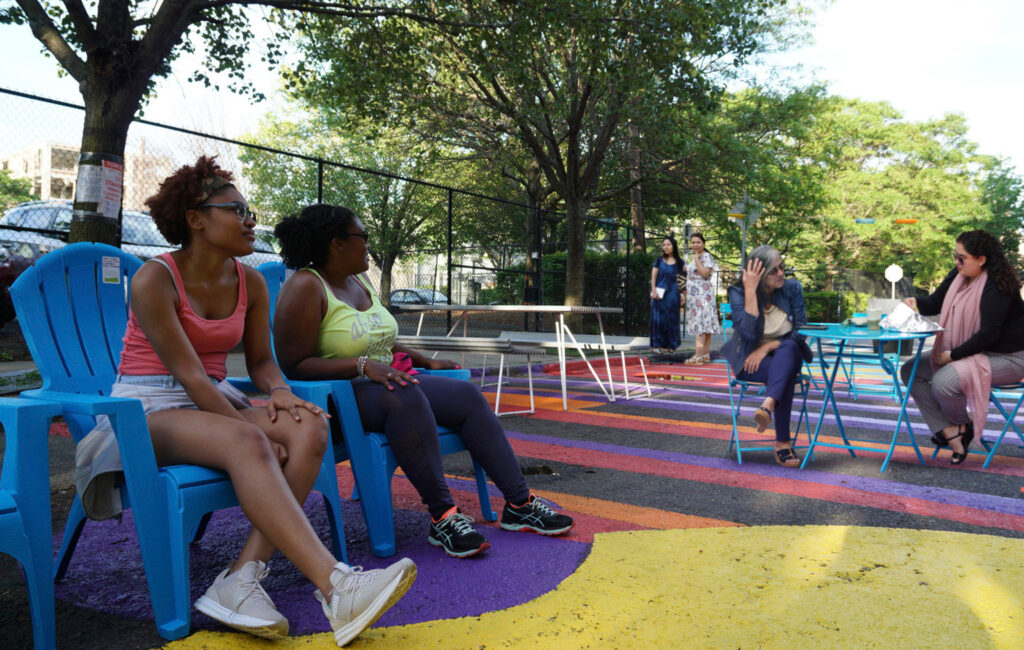
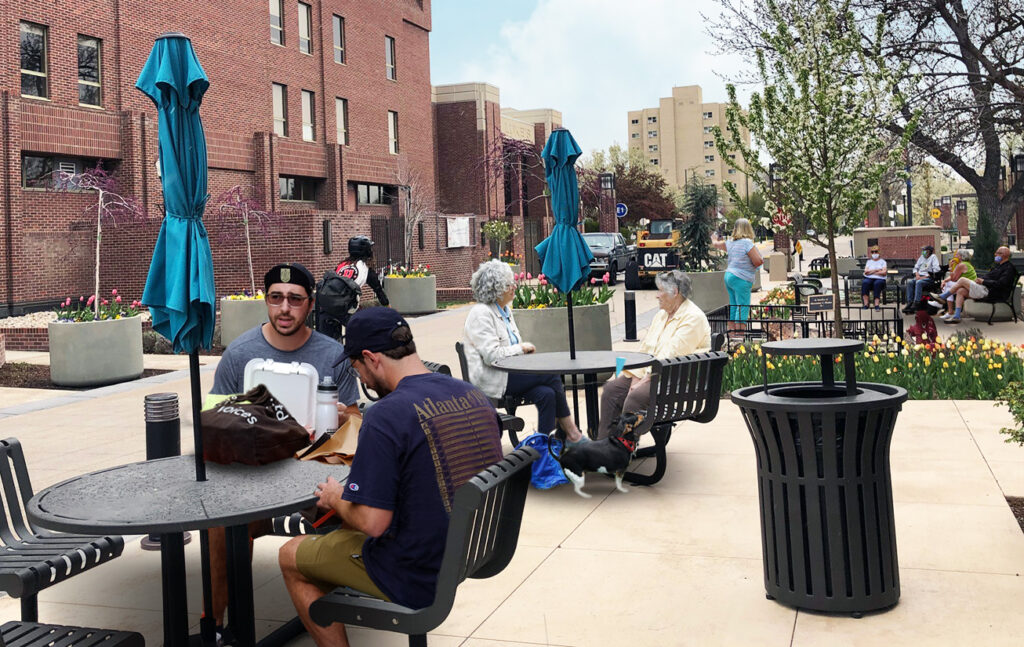
In my career, I hope to help create more spaces like these, spaces that are broadly applicable, feel welcoming to all, and have amenities that are valued by people from all walks of life, such as shade, grass, seating, Wi-Fi, photo ops, and play areas. Such spaces could lead to more exchange of knowledge, experience, and conversation — tiny moments that can add up to feelings of connection and belonging in a community.
I often think about how I didn’t have regular access to the internet, diverse populations, or certain types of information until I was a student on a college campus. I want to help position as many people as possible to gain social and cultural capital passively, through their daily interactions within a well-designed public realm. I want to create public spaces that disrupt people’s orbit and shake up their routines. I want to help communities become more connected, so our next generation of public meetings attract a representative sample of people and our surveys more accurately reflect the breadth and depth of the neighborhoods we serve.
Being mindful of the ways the built environment can influence human relationships will not fix societal ills in and of itself, but if all of us are good stewards of our time, trades, and platforms, collectively we can do a lot of good.
